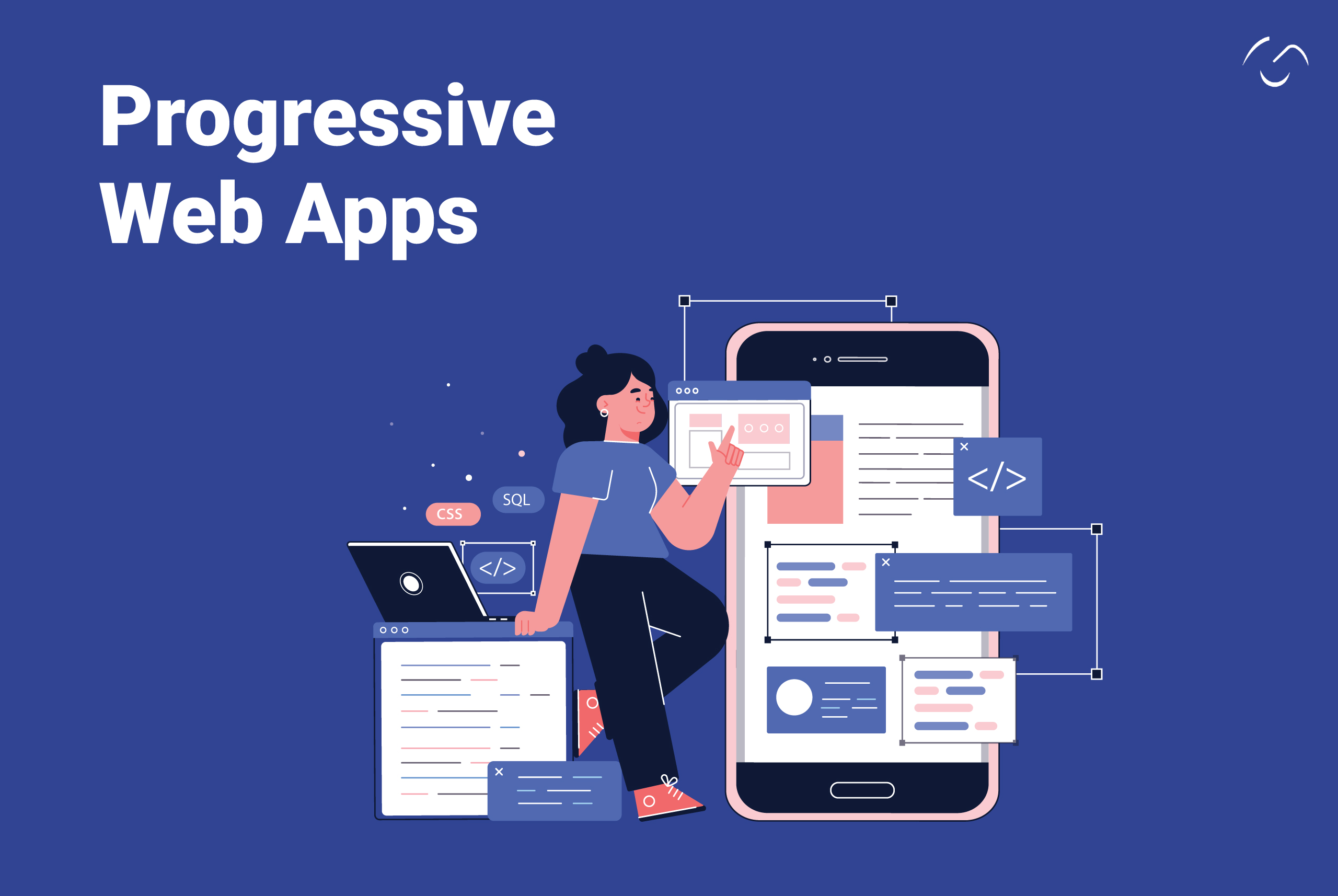In today’s digital era, where smartphones are practically extensions of our hands, the way we interact with websites and apps has evolved significantly. One of the latest trends revolutionizing the online experience is the rise of Progressive Web Apps (PWAs). But what exactly are PWAs, and why are they gaining so much attention?
What are Progressive Web Apps?
Progressive Web Apps are essentially a fusion of websites and mobile apps. Imagine having an app that works smoothly on any device – be it your smartphone, tablet, or computer – without needing to download it from an app store. That’s exactly what PWAs are all about. They’re web applications that look and feel like native mobile apps, but they’re built using web technologies like HTML, CSS, and JavaScript.
Why are PWAs gaining popularity?
- Accessibility: One of the coolest things about PWAs is that you don’t need to go through the hassle of downloading and installing them from an app store. You can simply access them through your web browser. This means you can start using them right away, without taking up precious space on your device.
- Offline Functionality: Another awesome feature of PWAs is that they can work offline or with a poor internet connection. This is possible because PWAs can cache some of their content and functionality, allowing you to continue using them even when you’re not connected to the internet. So whether you’re on a plane, in a subway, or just in an area with spotty Wi-Fi, PWAs have got you covered.
- Responsive Design: PWAs are designed to be responsive, which means they can adapt to different screen sizes and orientations. This ensures a seamless user experience across various devices, whether you’re using a smartphone, tablet, or desktop computer.
- Faster Loading Times: PWAs are optimized for speed, which means they load quickly even on slower networks. This is achieved through techniques like lazy loading and efficient caching, ensuring that users can access the content they need without waiting around for ages.
- Push Notifications: Just like native mobile apps, PWAs can send push notifications to keep users engaged and informed. Whether it’s a new message, a special offer, or a reminder, push notifications help keep users coming back for more.
Examples of Successful PWAs
Several well-known companies have embraced PWAs and reaped the benefits:
- Twitter: Twitter Lite, Twitter’s PWA, provides a fast and reliable experience, even on slower networks, making it accessible to users worldwide.
- Starbucks: The Starbucks PWA allows users to browse the menu, customize orders, and even make payments, all within the browser, enhancing the in-store experience.
- Pinterest: Pinterest’s PWA delivers a fast and engaging user experience, driving increased user interaction and time spent on the platform.
The Future of PWAs
As internet usage continues to shift towards mobile devices, PWAs are poised to play a significant role in shaping the future of the web. With their ability to deliver fast, reliable, and engaging experiences across various devices and network conditions, PWAs offer a compelling solution for businesses looking to reach a broader audience and enhance user engagement.
Conclusion :
Progressive Web Apps represent a paradigm shift in how we interact with the web, offering a more accessible, reliable, and cost-effective alternative to traditional native apps. As more companies embrace PWAs, we can expect to see further innovations in this space, ultimately leading to a more seamless and immersive online experience for users worldwide.
At eDreamz, we’re here to turn your dreams into reality! Our secret? Top-notch services at budget-friendly prices. Reach out to us at sales@edreamztech.com, and let’s bring your vision to life.



